India’s innovation engine stands to accelerate as America’s policies falters
India, under Modi’s leadership, continues to be powered by policy reform, demographic strength, and digital ambition.
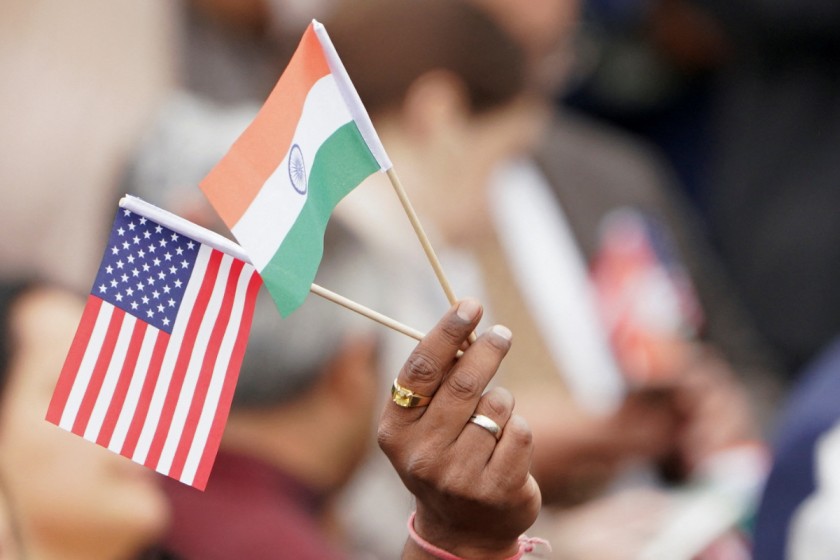 Flags of India and the United States. / Reuters
Flags of India and the United States. / Reuters
As India celebrated Diwali, the triumph of light over darkness, the world of higher education revealed its own illumination. The latest Times Higher Education (THE) World University Rankings show a profound shift. The United States, once an undisputed leader of global rankings, is losing ground, while Asian institutions, especially from India and China, are rising fast. The reshuffling of numbers marks a turning point in how nations nurture knowledge, attract talent, and fuel innovation.
America Sliding With Policy Turning Inward
For decades, U.S. universities such as Harvard, MIT, and Stanford stood as beacons of excellence, drawing the brightest minds from across the world and converting diversity into discovery. The talent pool from China and India were by far the largest for decades fueling America’s knowledge build up and innovation. Yet the 2025 THE rankings reveal that fewer American universities now appear among the top 200 than ever before.
Behind this decline lies a perfect storm in 2025:
- Restrictive immigration policies now throttle the inflow of international students, the longstanding lifeblood of America’s research and innovation ecosystem.
- Escalating tuition and student debt are pricing out both domestic and global talent.
- Recent Partisan polarization and political interference are eroding academic freedom and institutional focus.
- Stagnant federal R&D funding is continuously weakening the long-term scientific base.
But the most consequential blow has come from the shortsighted, transactional mindset of Donald Trump’s immigration and education policy.
It is unfortunate and unprecedented how Trump’s worldview is treating immigration not as an investment in America’s future, but as a financial or political transaction. His push to hike H-1B and F-1 visa fees and restrict student inflows may score populist points with his voters, but it undermines the foundation of U.S. innovation.
For decades, America’s innovation engine has been powered by highly educated immigrants specially from India and China. The scientists, engineers, and entrepreneurs came as students and stayed as innovators. From Silicon Valley’s tech pioneers to Nobel laureates, their contributions have defined American global leadership. By choking this pipeline, Washington risks strangulating its own scientific and entrepreneurial future, particularly in STEM areas that drive AI, biotech, quantum computing, and clean energy revolutions.
In a world where human capital defines economic power, the U.S. is conveying an uncharacteristic message: “We need your talent, but not your presence.” It is a message that breeds unprecedented uncertainty for America and opportunity for others.
Asia Ascends: Strategy and Staying Power
While America retreats inward, Asia is rising steadily outward. For example, China’s Tsinghua and Peking Universities now rival the Ivy League in research funding and publication output. Japan, Singapore, and South Korea have long aligned their academic, industrial, and governmental goals into cohesive innovation ecosystems.
The most compelling story is rising India with over 90 Indian institutions entering the THE global rankings for the first time, a historic milestone. The Indian Institute of Science (IISc) and IITs at Bombay, Delhi, and Madras are climbing higher, while newer private institutions like Ashoka and Amrita are redefining excellence through collaboration and interdisciplinarity.
India’s Innovation Dividend
At least three forces are driving India’s upward trajectory:
- A Young, Digitally Empowered Workforce: Over half of India’s population is under 30, fluent in technology, and globally ambitious. Programs like Digital India and Startup India are transforming demographic strength into digital innovation.
- Reforms in Higher Education: The National Education Policy (NEP) 2020 has injected flexibility, autonomy, and global engagement into Indian academia. Allowing top foreign universities to open campuses in India signals global confidence in Indian education.
- Corporate and Philanthropic Investment: Indian industry giants, Tata, Infosys, and Reliance, are funding research and incubation centers, while private philanthropies are filling gaps in AI, sustainability, and health innovation.
The outcome: an ecosystem where innovation is inclusive, affordable, and globally relevant.
Innovation Flows to Openness
For decades, the brightest international students made a one-way journey to America—to study, research, and eventually power its innovation economy. Today, that flow is reversing. Increasingly, the same students are choosing to stay in or return to Asia, drawn by opportunity and stability back home.
Global firms are expanding R&D hubs in Bengaluru, Hyderabad, and Pune, not only as cost centers but as frontlines of invention. India is opening new frontiers in AI, semiconductors, and biotechnology. Like water flows where the channels are open, Innovations in India are flowing and those opportunities are widening.
Meanwhile, the U.S., with its tightening borders and transactional policies, risks creating an innovation climate where uncertainty discourages talent and weakens long-term competitiveness.
From Brain Drain to Brain Circulation
India’s narrative has shifted from brain drain to brain circulation. A generation of globally trained professionals is returning to strengthen domestic universities, lead global companies, and mentor the next wave of innovators. This two-way movement is deepening India’s research base and keeps it connected to global knowledge networks, a dual advantage the U.S. once held exclusively
Vision vs. Transaction: The New Innovation Equation
Tariffs or visa fees will not decide the future of global innovation, but by trust, openness, and sustained investment in human potential.
President Trump’s transactional politics treats education and immigration as zero-sum deals, where every student is a payer, and every visa a bargaining chip. It may deliver short-term political applause but corrodes the soft power and intellectual capital that built America’s leadership in the first place.
India, by contrast, is taking the long view, betting on education and digital empowerment. It is converting aspiration into achievement and openness into strength.
If the United States continues to ward off itself, it will find that walls also keep out competitors, collaborators, and creators. More critically, the light of new ideas also stop flowing inward..
As America’s innovation engine stalls under shortsighted policy, India’s steady ascent offers a timely reminder. Great nations are sustained not by transactions but transformation. India is poised to build trust in talent, openness, and the power of ideas.
(The views and opinions expressed in this article are those of the author and do not necessarily reflect the official policy or position of New India Abroad)
ADVERTISEMENT
ADVERTISEMENT
E Paper
Video



 Vijendra Agarwal
Vijendra Agarwal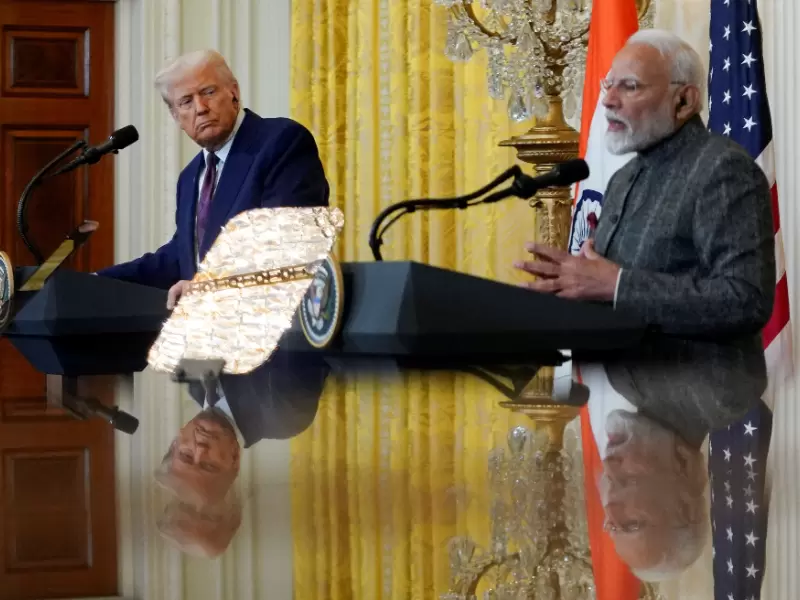
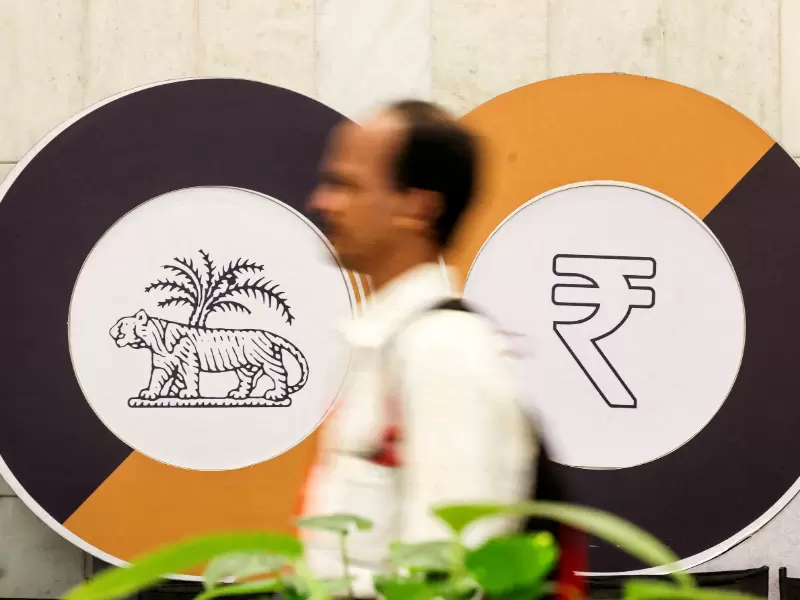
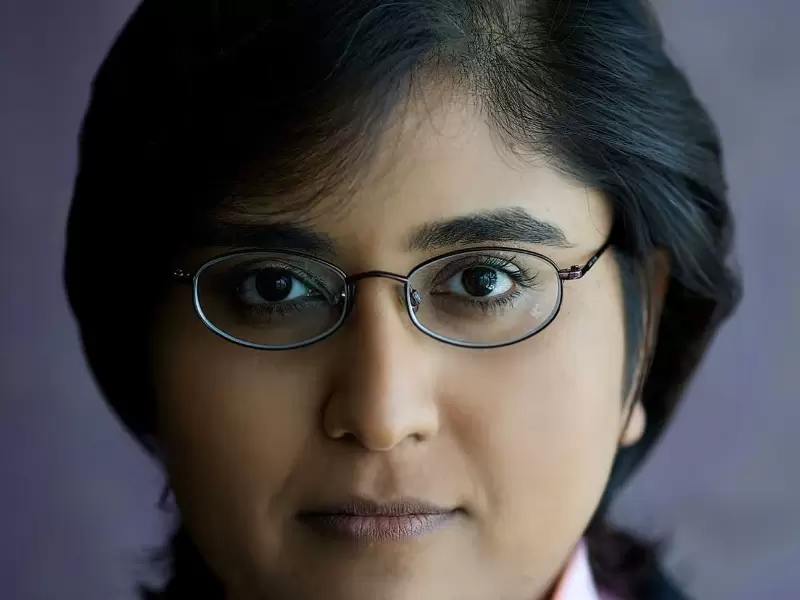
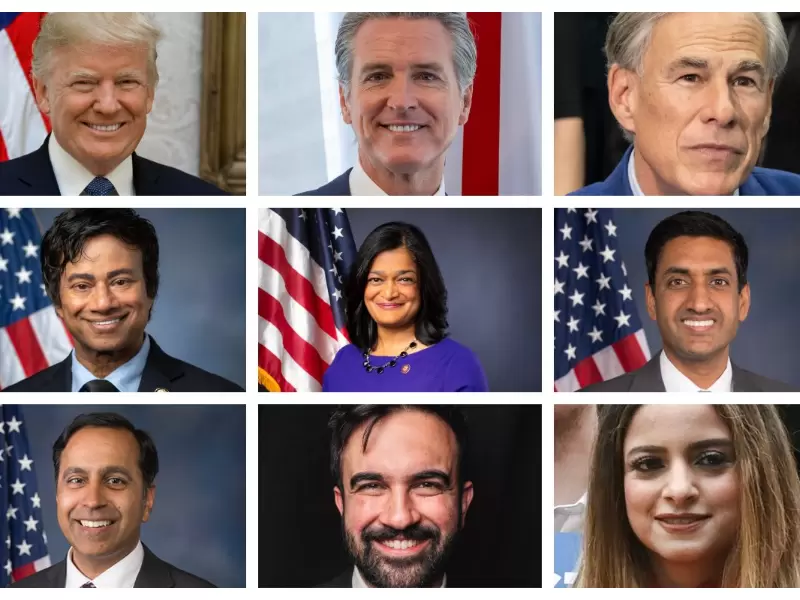
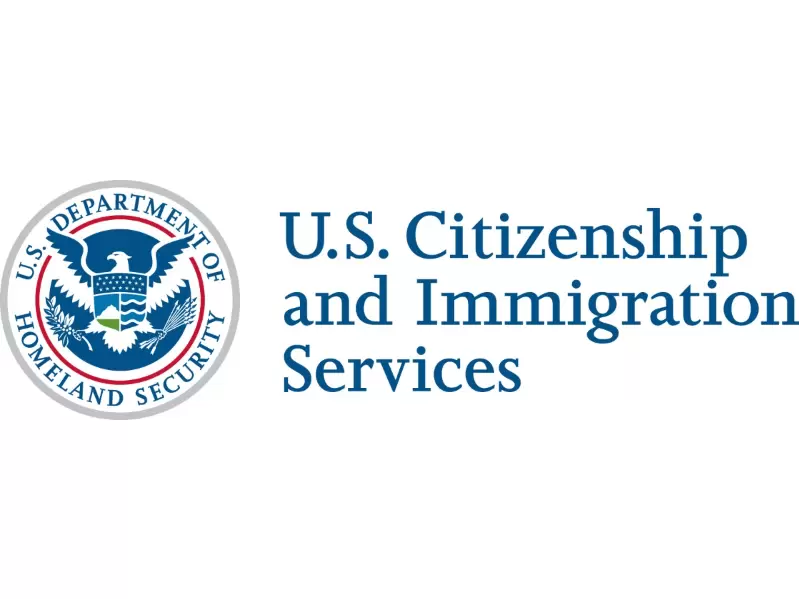



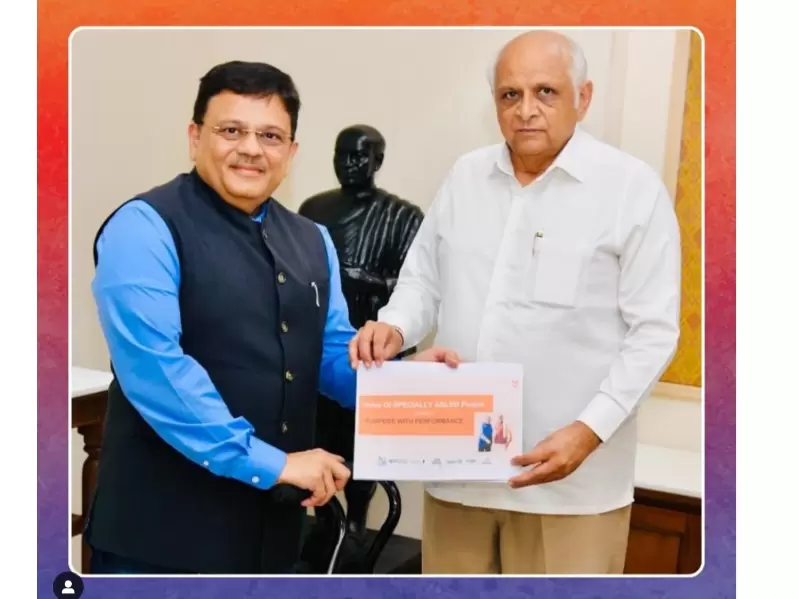





Comments
Start the conversation
Become a member of New India Abroad to start commenting.
Sign Up Now
Already have an account? Login